Nokia Lumia 1020 (41 MPix) vs. Panasonic Lumix LX7 (10 Mpix)
I compare my Nokia Lumia 1020 (aka. monster camera), the best camera phone ever built, against my Panasonic Lumix LX7, that is still one of the best compact cameras with a really bright f/1.4 Carl Zeiss lens.
Small cameras are mostly used without a tripod, so ISO comparison would be futile and thus I performed only real world tests shot handheld at different light conditions. Cameras were in auto mode all the time. Output format was JPEG, so compression artifacts are present when zooming into pixels.
1) Bright light indoors: the beer can
Unsurprisingly, in bright light photos from both cameras look practically identical. When zoomed in Lumia wins thins competition because of superior resolution in 41Mpix sensor.

Panasonix Lumix LX7:

Nokia Lumia 1020:

2) indoor, dimmer light: cutting pliers
Now, since we have proven the 41 megapixel sensor actually works let?s move on towards lower light conditions. Here is one in normal semi-bright room with fluorescent lights. Panasonic?s result seems a bit underexposed, but in cropped photo a slight amount of shakiness is seen in Nokia?s result. Nokia?s 1/20 s exposure time starts to increase risk of camera shake.
Panasonic:
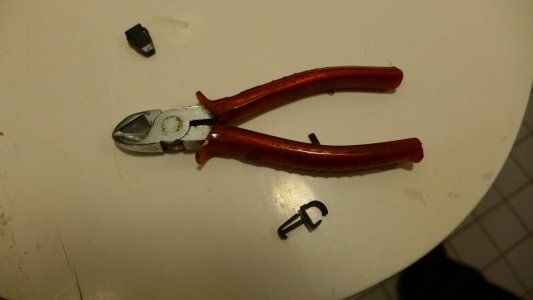
Nokia:

Panasonic:
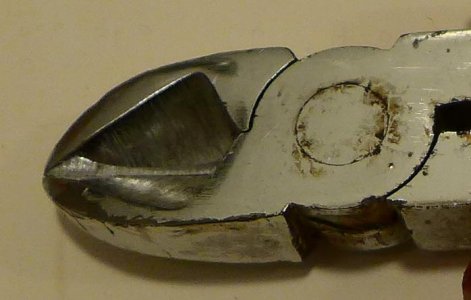
Nokia:
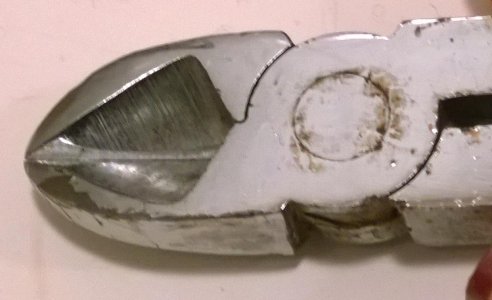
3) Car outside at night.
Let?s move outside where it is in the middle of dark winter. There are street lights in a distance and few (dim) lights in a car shelter, but the lightning conditions starts to be quite dark already, cheap camera/phone would not see much at all here. These photos are closer to the light source. Again, both photos are surprisingly identical, at least when watched the full picture. Panasonic makes a bit sharper result that Nokia.
Panasonic:
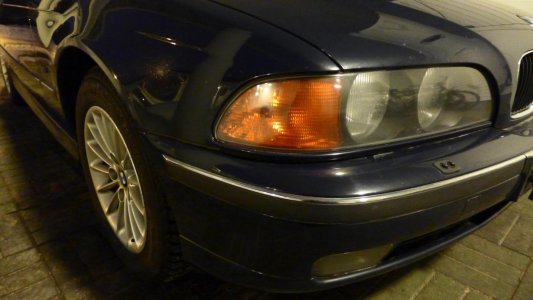
Nokia:
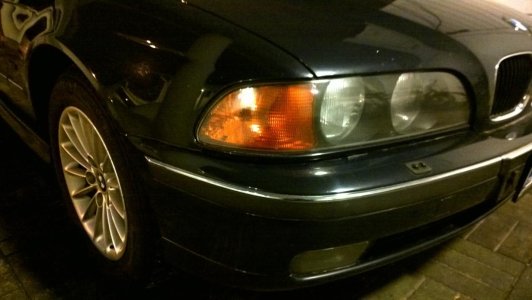
The reason for sharper image from Panasonic is seen when zoomed in. There is definitely too little light to exploit 41 Mpix sensor in Nokia. Individual pixels are only random noise and it is the averaging that makes the big picture to look good. Now Panasonic actually reveals more information from its less dense sensor. The larger the individual pixel is, more light it can collect, and hence the better result.
Panasonic:
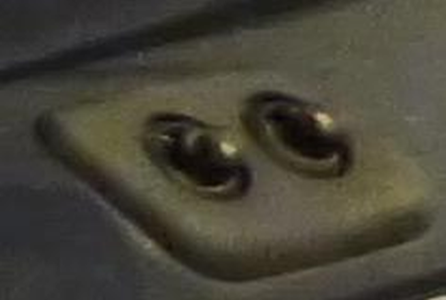
Nokia:
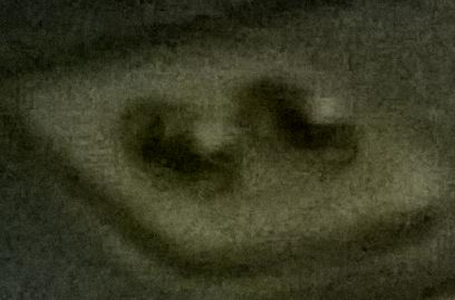
4) The dark side
Then finally photos from a shadowy side behind the car. Now the results are clear, superiorly faster lens in Lumix beats Lumia by far. It should be noted here, that the view is really dark, also to the naked eye. Lumia is not bad, but Panasonic seems to be extraordinarily good.
Panasonic:
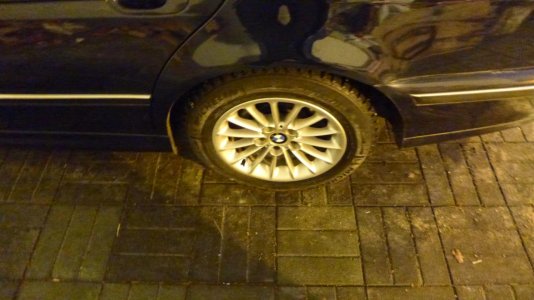
Nokia:
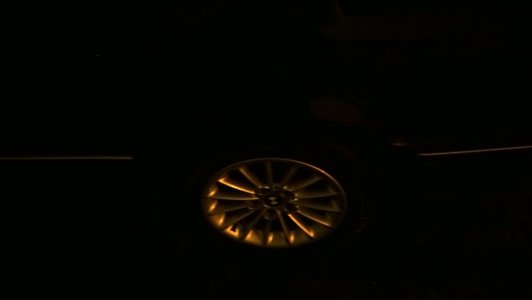
I will crop to the rim and also try to digitally enhance the brightness in Nokia?s result (would maybe work better if stored as RAW file). The result is full of noise but still reveals some details. There is finally motion blur in Panasonic?s result.
Panasonic:

Nokia:

I compare my Nokia Lumia 1020 (aka. monster camera), the best camera phone ever built, against my Panasonic Lumix LX7, that is still one of the best compact cameras with a really bright f/1.4 Carl Zeiss lens.
Small cameras are mostly used without a tripod, so ISO comparison would be futile and thus I performed only real world tests shot handheld at different light conditions. Cameras were in auto mode all the time. Output format was JPEG, so compression artifacts are present when zooming into pixels.
| Nokia Lumia 1020 | Panasonic Lumix DMC-LX7 | |
| Sensor resolution (size / type) | 41 Mpx (1/1.5" i.e. 2/3") BSI | 10.1 MP (1/1.7" MOS) |
| Lens max aperture range | F2.2 Carl Zeiss | F1.4 - F2.3 Carl Zeiss |
| Lens focal range (zoom power) eq. | 25mm | 24 - 90 mm (3.8X) |
| ND filter | No | Yes |
| ISO range (full resolution) | 100-4000 | 80 - 6400 |
1) Bright light indoors: the beer can
Unsurprisingly, in bright light photos from both cameras look practically identical. When zoomed in Lumia wins thins competition because of superior resolution in 41Mpix sensor.

Panasonix Lumix LX7:

Nokia Lumia 1020:

2) indoor, dimmer light: cutting pliers
Now, since we have proven the 41 megapixel sensor actually works let?s move on towards lower light conditions. Here is one in normal semi-bright room with fluorescent lights. Panasonic?s result seems a bit underexposed, but in cropped photo a slight amount of shakiness is seen in Nokia?s result. Nokia?s 1/20 s exposure time starts to increase risk of camera shake.
Panasonic:

Nokia:

Panasonic:

Nokia:

3) Car outside at night.
Let?s move outside where it is in the middle of dark winter. There are street lights in a distance and few (dim) lights in a car shelter, but the lightning conditions starts to be quite dark already, cheap camera/phone would not see much at all here. These photos are closer to the light source. Again, both photos are surprisingly identical, at least when watched the full picture. Panasonic makes a bit sharper result that Nokia.
Panasonic:

Nokia:

The reason for sharper image from Panasonic is seen when zoomed in. There is definitely too little light to exploit 41 Mpix sensor in Nokia. Individual pixels are only random noise and it is the averaging that makes the big picture to look good. Now Panasonic actually reveals more information from its less dense sensor. The larger the individual pixel is, more light it can collect, and hence the better result.
Panasonic:

Nokia:

4) The dark side
Then finally photos from a shadowy side behind the car. Now the results are clear, superiorly faster lens in Lumix beats Lumia by far. It should be noted here, that the view is really dark, also to the naked eye. Lumia is not bad, but Panasonic seems to be extraordinarily good.
Panasonic:

Nokia:

I will crop to the rim and also try to digitally enhance the brightness in Nokia?s result (would maybe work better if stored as RAW file). The result is full of noise but still reveals some details. There is finally motion blur in Panasonic?s result.
Panasonic:

Nokia:



